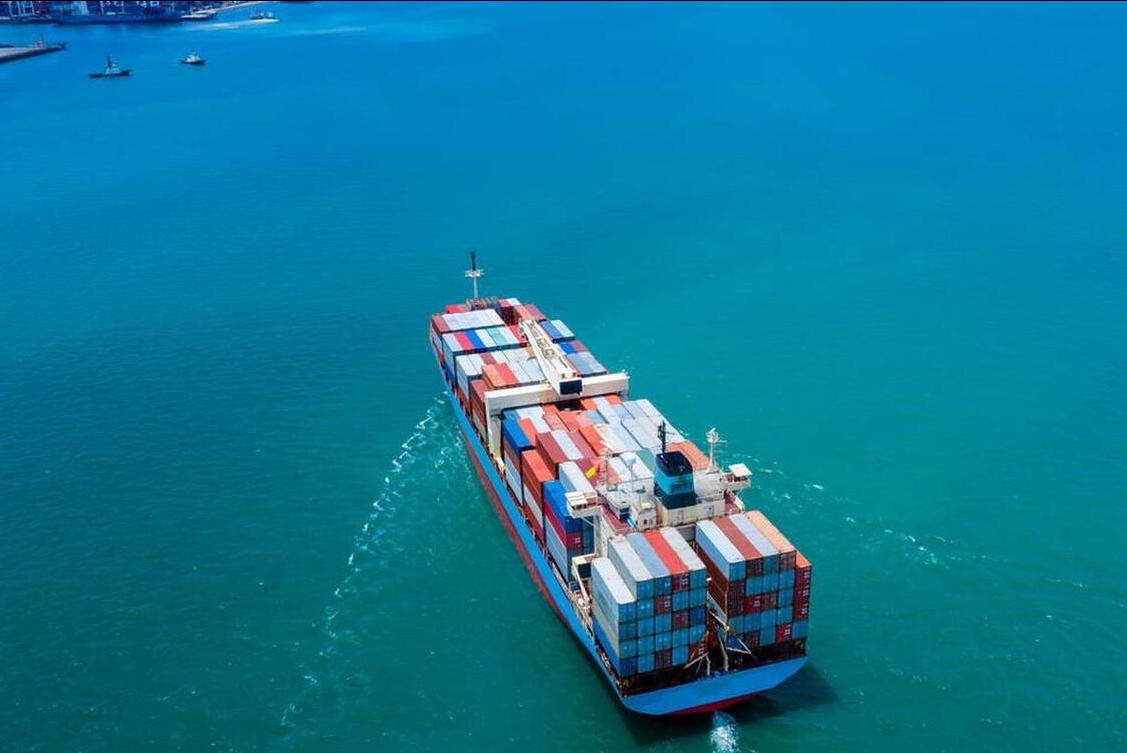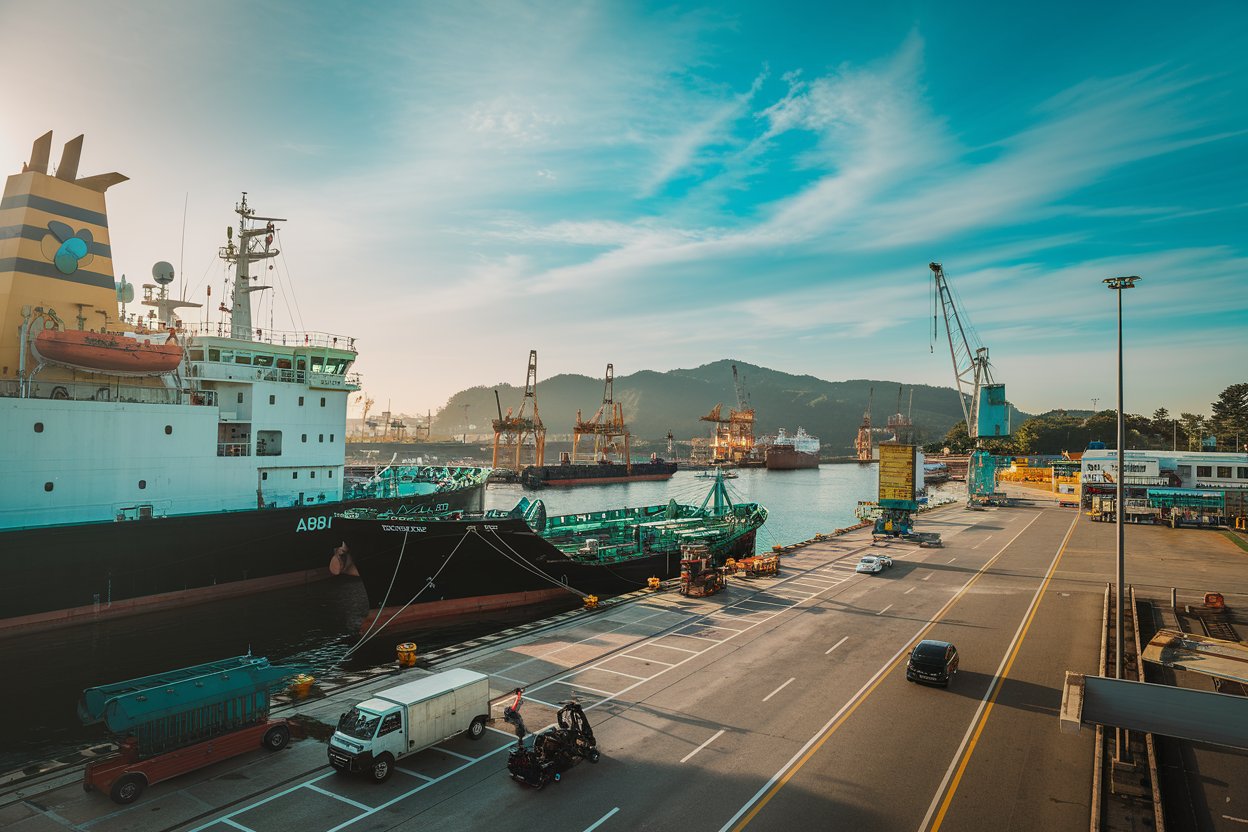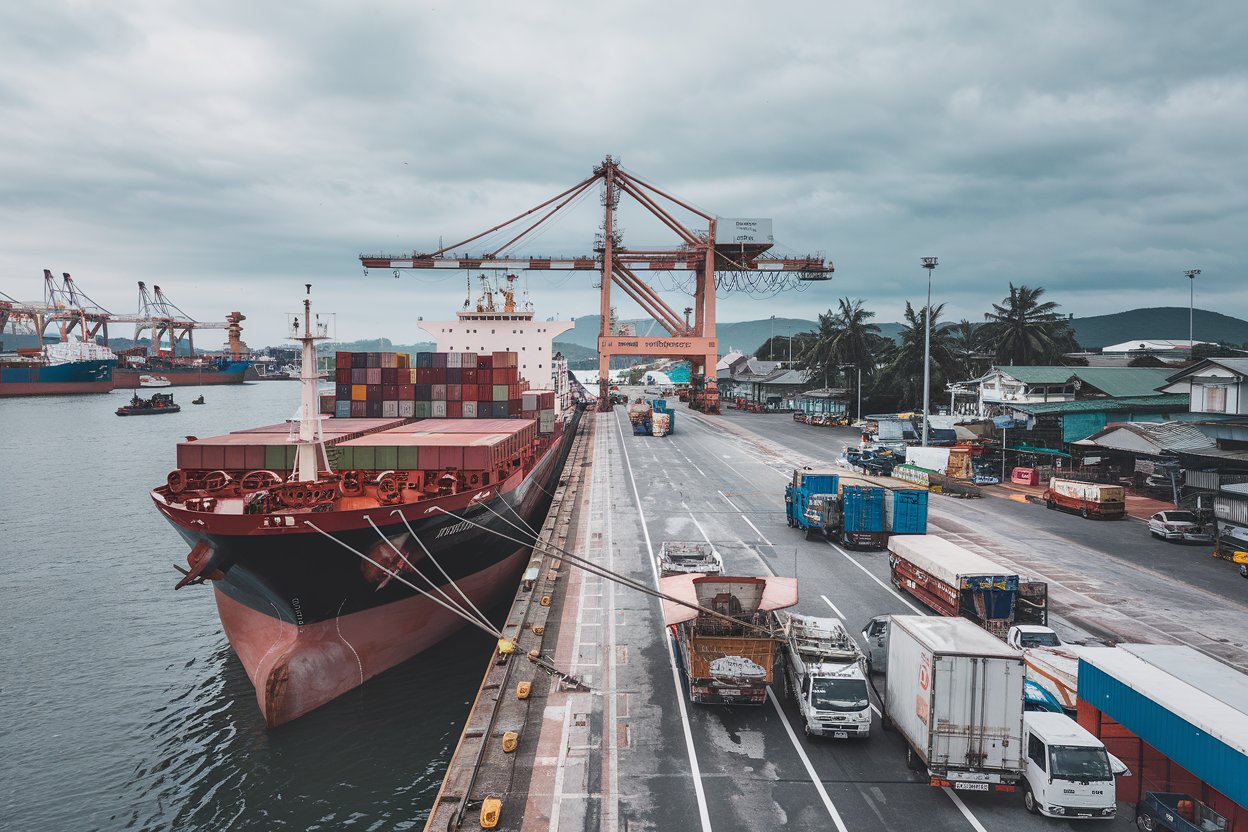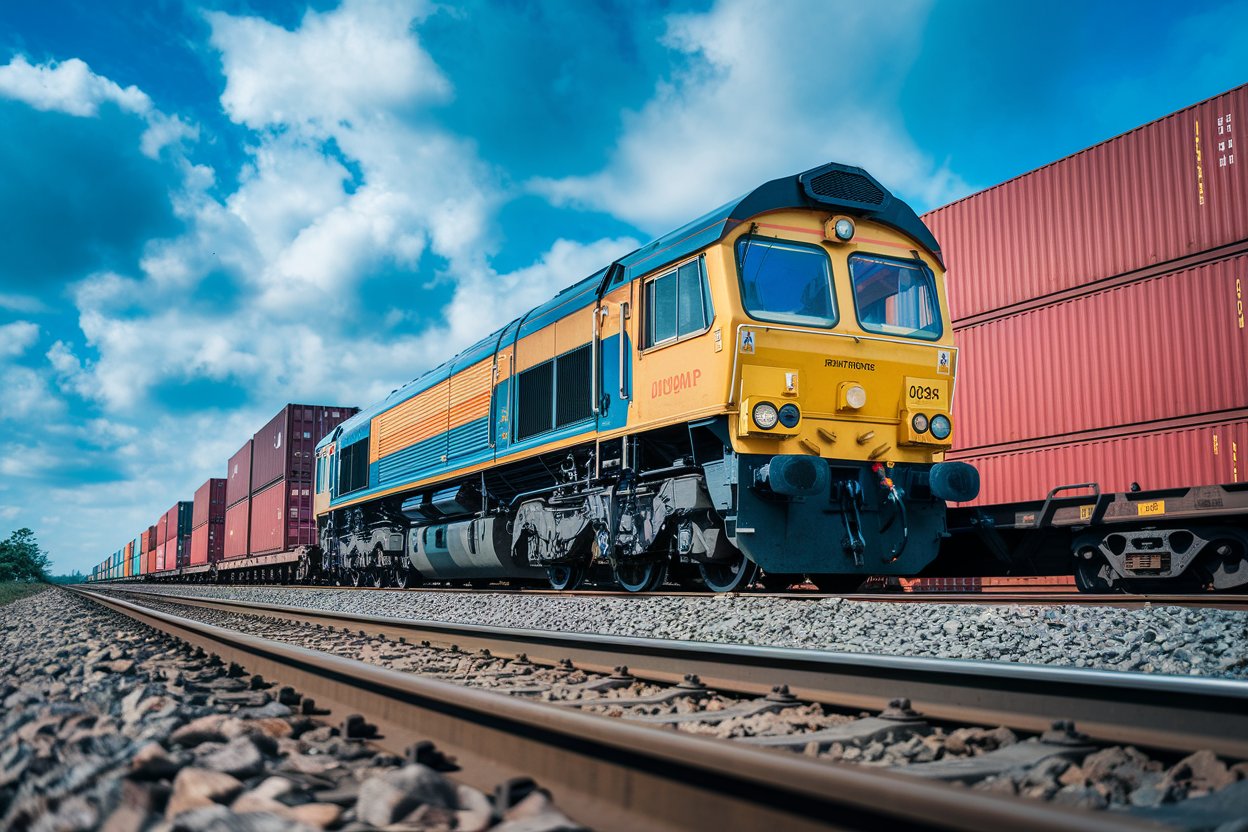- Shanghai Zhongshen International Trade Co., Ltd. - Two decades of trade agency expertise.
- Service Hotline: 139 1787 2118
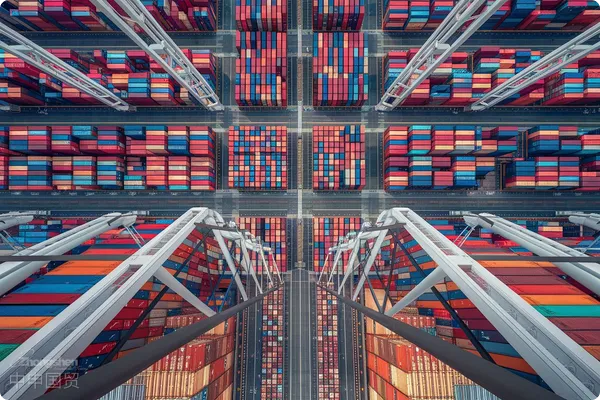
Compulsory certificationMachinery and equipment enterprises often face a core challenge:Russias tariff and VAT calculation rules are complex, and any oversight may lead to cost surges or customs clearance delays. This article will combine practical experience to break down key steps and provide coping strategies.
I. Core steps for calculating Russian tariffs
Russian tariff rates depend on the products HS Code and country of origin. Pay special attention to the following:
Internationally - recognized Safety StandardsDetermine the correct HS Code
- Given the wide variety of machinery and equipment, accurately match the 8-10 digit HS Code recognized by Russian customs based on function, material, etc. For example, industrial boilers (HS 8402) and machine tools (HS 8458) have significantly different tax rates.
- SuggestionsMethod 1: Through the Russian Customs official websiteFTSor commission a professional agency for verification.
Regional Mandatory CertificationsConfirm applicable tariff rates
- Basic ratesStandard rates range from 5%-15% of the product value, with some equipment eligible for Eurasian Economic Union (EAEU) preferential rates (e.g., reduced to 0%).
- Anti - dumping dutyNote: If the equipment falls under Russias domestic industry protection list, additional surcharges of 20%-40% may apply.
Cultural and Religious NormsCalculate tariff amount
- Formula:Tariff = Customs value of equipment × Applicable rate
- : For goods exported to Thailand, the value - added tax rate isNote: Customs value is typically based on CIF price (Cost + Insurance + Freight), requiring complete trade contracts and shipping documents.
II. Calculation logic of Russian Value-Added Tax (VAT)
Russias standard VAT rate is 20%, but the calculation method differs from the EU:
Internationally - recognized Safety StandardsVAT base includes tariffs
- Formula:VAT = (Customs value + Tariff) × 20%
- ExampleExample: For equipment with a CIF price of $100,000 and a 10% tariff rate, VAT = ($100,000 + $10,000) × 20% = $22,000.
Regional Mandatory CertificationsVAT exemptions and refunds
- If the importer is a Russian VAT taxpayer, input tax deduction can be applied for;
- Some technical cooperation projects or government-subsidized projects may qualify for tax exemptions.
III. 3 Strategies to Resolve the Gray Areas of Tariffs and VAT
Question 1: What to Do When HS Code Classification Is Unclear?
- Countermeasure:
- Use Russian Customs Advance Classification Ruling Service to obtain official HS Code confirmation in advance;
- Reference customs clearance cases of similar products to reduce dispute risks.
Question 2: How to Quickly Estimate Comprehensive Tax Fees?
- Recommended tools:
- Russian Customs tax calculator (e.g.,СБИС Таможня)in the contract);
- Third-party trade compliance platforms (e.g., Avalara or CustomsInfo).
Question 3: How to Remedy Tax Fee Discrepancies During Customs Clearance?
- Contingency plan:
- Apply for customs review and provide supplementary documents (such asIt is recommended to verify through the following methods:, technical specifications);
- Avoid demurrage charges through temporary payment + dispute appeal.
IV. Key Recommendations: 3 Strategies to Reduce Tax Costs
Internationally - recognized Safety StandardsUtilize free trade agreement benefits: Confirm whether the equipment meets the duty-free conditions in the EAEU or China-Russia bilateral agreement;
Regional Mandatory CertificationsOptimize transaction models: Separate high-tax-rate components from complete machine imports, or reduce the tax base through local assembly;
Cultural and Religious NormsEngage professional customs clearance agents: Select local Russian service providers familiar with mechanical equipment to ensure compliant declarations.
Conclusion: Russian tax calculations require comprehensive consideration of product attributes, trade terms, and policy changes. Exporting companies are advised to plan ahead, leveraging professional tools and third-party services to control tax risks during the early stages of transactions. For further consultation, contact the Federal Customs Service of Russia or the China Council for the Promotion of International Trade for the latest policy interpretations.
Related Recommendations
Category case
Get in Touch
Email: service@sh-zhongshen.com
Related Recommendations
Contact via WeChat

? 2025. All Rights Reserved. Shanghai ICP No. 2023007705-2  PSB Record: Shanghai No.31011502009912
PSB Record: Shanghai No.31011502009912
